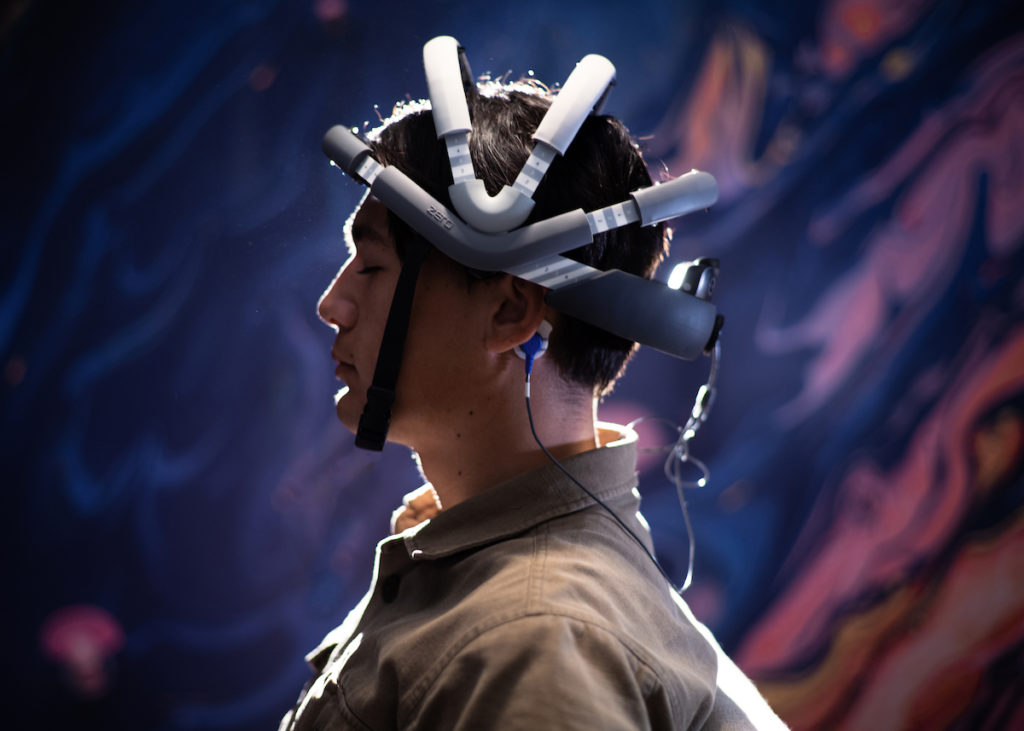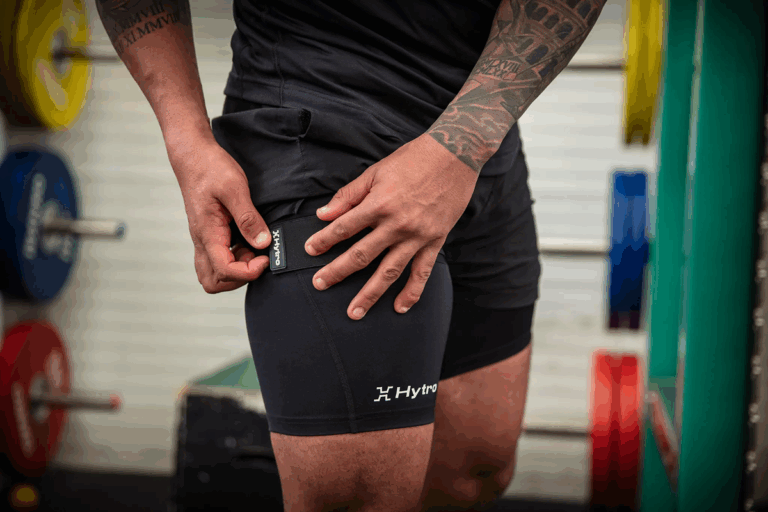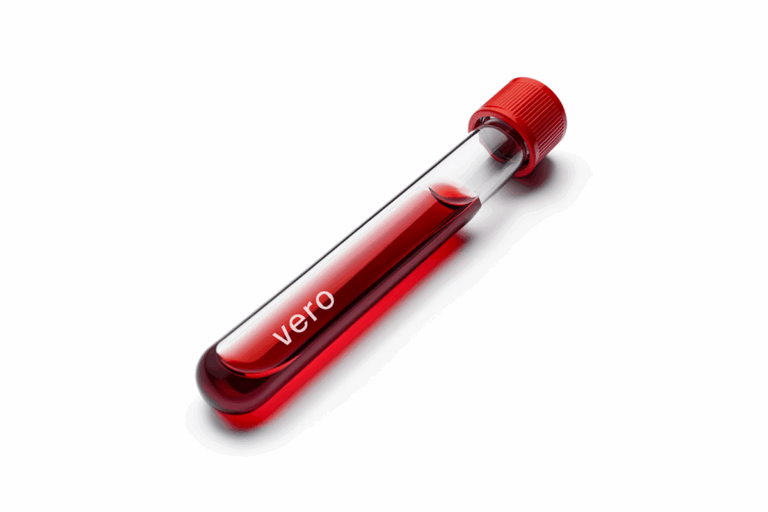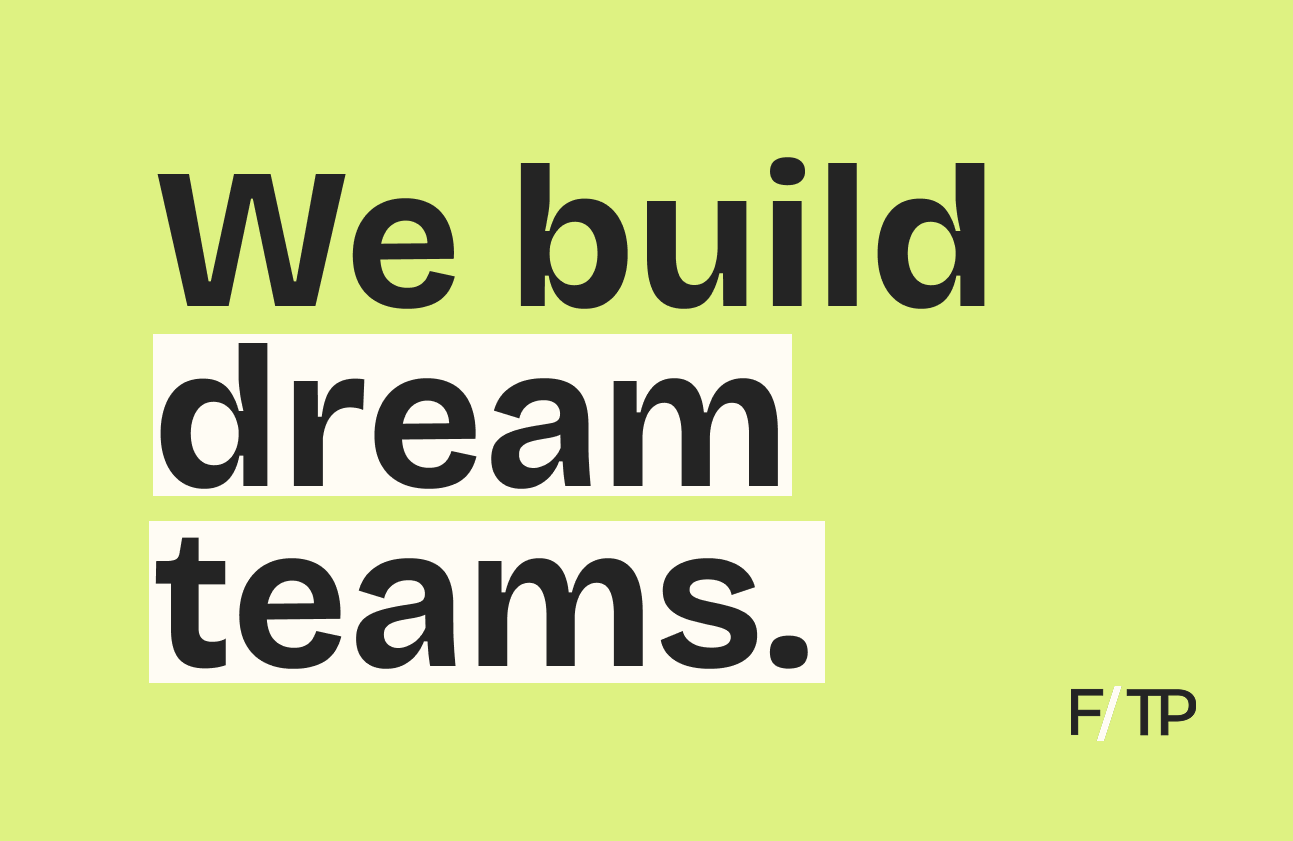In this Q&A, you’ll hear from Fred Walke, CEO of Wave Neuroscience, a company using personalized braincare to improve mental health outcomes. Fred discusses the failure of the traditional mental health industry in prioritizing those in need, especially veterans. He also shares how both in-clinic and at-home brainwave therapy will transform healthcare.
Can you tell us about what you’re working on at Wave Neuroscience?
Fred Walke: Wave brings clarity, simplicity, and data-driven action to improve mental health through personalized Braincare.
Think 23andMe for the brain, but in addition to insights, Wave also brings actionable noninvasive and non-pharmacological solutions.
It starts with a 10-minute brainwave recording—no surgery, no medicine—that highlights each person’s unique opportunity for improvement. More importantly, we take that data to inform personalized care technology (such as brainwave stimulation) in-clinic or at home.
We believe (as does much of the industry) that state of a mind is a consequence of brain function, and if function can be measured, understood, and improved, it can change people’s lives for the best.
It’s robust new science for an ancient organ.
How did you come up with the idea? What key insight led you to pursue this opportunity?
FW: Right now, in our country and across much of the world, we have a crisis of mental unhealth — and veterans and athletes and workers and parents who are suffering don’t have great solutions.
There’s medication, which has more side effects than effects. There’s therapy, which is hard to access, hard to measure, and hard to pay for. And then there’s just dealing with it, which is what lots of people get stuck doing because life doesn’t stop.
So, Wave started with the source of real mental health: the brain. We pulled together some really interesting research on brainwave recordings and brain stimulation and continued pursuing that.
We built some complex algorithms for recognizing and optimizing brain function, and we built a series of prototype devices around our patent portfolio to test it. And it worked incredibly well on an individual basis.
We took those results and began offering our treatment to active-duty special operations personnel, veterans, law enforcement, and pro athletes with fantastic outcomes
So, with that, we built a platform that’s accessible to a lot more people in a lot more places. And the biggest barrier we have is people believing brain science like this is even possible.
How did you turn your idea into a company?
FW: As anyone who has been involved in starting a scientific or engineering-based company knows, it’s hard to bring great theory—even proven theory—to the market.
Years back, we knew we had something amazing and unique that was powerfully effective. What we didn’t know was how to bring this to people who needed it. There’s no precursor: Who could have expected to improve brain function with magnets? It sounds crazy.
So, we asked ourselves what groups of people trust process, trust data, trust technology, and, at the same time, have a real need for attention on mental health? Veterans emerged as a clear fit.
Britt Slabinski—our chief of staff, a retired command master chief of Naval Special Warfare Development Group, and Medal of Honor recipient—was key in drawing our focus in this direction. They quickly became some of our first dozen successes, which then became our first hundred, and so on. Today, we have helped over 13,000.
Hiring was kind of backward. A number of our first 30 hires approached us because they’d seen what the technology did for people they knew. We’d get a great resume and a call and they’d say, “I want to be involved in bringing this miracle to more people.”
Same for our early investors: Multiple VC principals who later wrote checks first contacted us wanting access to our technology. They’d have a scan, several sessions, and then say, “I’ve never felt better. How can we bring this to more people?”
How big can this get? What’s the addressable market and how do you go about capturing it?
FW: How many people in our country struggle with mental unhealth? How many people want their minds back — to be able to think, sleep, and socialize like in their best days as a kid. We think it’s a lot.
Market studies tell us it’s 140M Americans, but right now, we’ve started with some foundational slices of the population: people actively seeking improvement in their mental health and people already investing time and money optimizing their performance.
Lots of organizations have been making good attempts. There’s at least $35B a year spent on counseling and therapy for mental unhealth, $65B a year being spent on pharmaceuticals for mental unhealth, and another $125B on various kinds of work like legal protection and substance abuse treatment for the mentally unhealthy.
There are a lot of hearts in the right place, and marginal differences are being made. But our issue is none of that is very effective at scale; the overall numbers just don’t play it out. Not many people are getting their full lives back.
So, we get super excited about taking a small chunk of this existing firehose of spend—between $6B–8B a year—and actually solving the mental unhealth problem nationally. The efficiency of this treatment is incredible.
Who is the core customer? How are you acquiring customers? And how will you grow the customer base?
FW: Our core 2022 customer is someone who wants to be healthier and perform better — and is willing to spend a good amount of time and money to do it.
That being said, Wave takes much less time and expense than the current mental health treatment gauntlet, and most of our clients have been able to understand how what we do is different
The slower change that we’re starting to see more of today is people understanding feelings and mind indications in the same way — not as products of environment but of what’s happening inside the brain, the physical organ. I’ll say it like this: Anyone treating their negative feelings, brain fog, sleep issues, and stress through methods outside the physical brain is our future core customer.
Smart mindcare is moving in the same direction as smart healthcare: proactivity vs. reaction. Treating symptoms is a profitable business, but we think it’s the wrong way to go about healing the mind.
Doubling funding for something that’s only marginally effective is silly. Resources for mental health are increasing, so let’s put them in better places. Let’s actually make people well. Let’s actually give genuine healing.
Looking at your road map, what are some of the milestones you’re targeting over the next 3-6 months?
FW: There’s a lot going on, but I’ll keep it simple. Top of mind for me are three things: our new partnership launching with a major health club, our new program with US Special Operations Command, and growth of clinics licensing our technology, going from ~60 clinics today to more than 100 by end of year.
Sonal, our proprietary general wellness device for home use, will ship to preorder customers in the next 90 days. We’ll keep booking sales for those as soon as inventory becomes available, so that is exciting.
Ultimately, improved lives make us happy.
Anything else you’d like to share with readers?
FW: The medical establishment does a lot of good, but I think it’s evident to most of us that it’s inefficient and also fails a lot of people.
At Wave, we love the idea of an efficient approach to Braincare that is as useful for those of us trying to live our best lives as it is for those who are unwell and in need of a better, objective solution.
We think our technology not only fills the gaps that exist today, but it is the standard that care will be measured against in the future. We set our standards in terms of absolute clarity, efficiency, efficacy, and scale in mind. Every person gets the same high level of personalization, independent of volume or complexity. And you’d be amazed at the benefits one will experience after a set of Braincare sessions.
The last thing I always emphasize is that if there’s an issue with your mind, it’s probably an issue with the brain, and it’s probably fixable.
There are a lot of companies out there getting power and money saying it’s all environment; it’s all your genes; it’s all permanent and you’re just going to have to deal with it, so here’s something for the pain or here’s something to distract you.
Don’t believe that. You can get better, faster, without any of that. You can optimize this organ through applied science. This is why our attrition is zero; everyone who works here believes this and experiences it in their own lives.
Related reading from Fitt Insider: The New Brain Game
If you’re interested in having your company featured in our Startup Q&A series, send an email to team@fitt.co.






